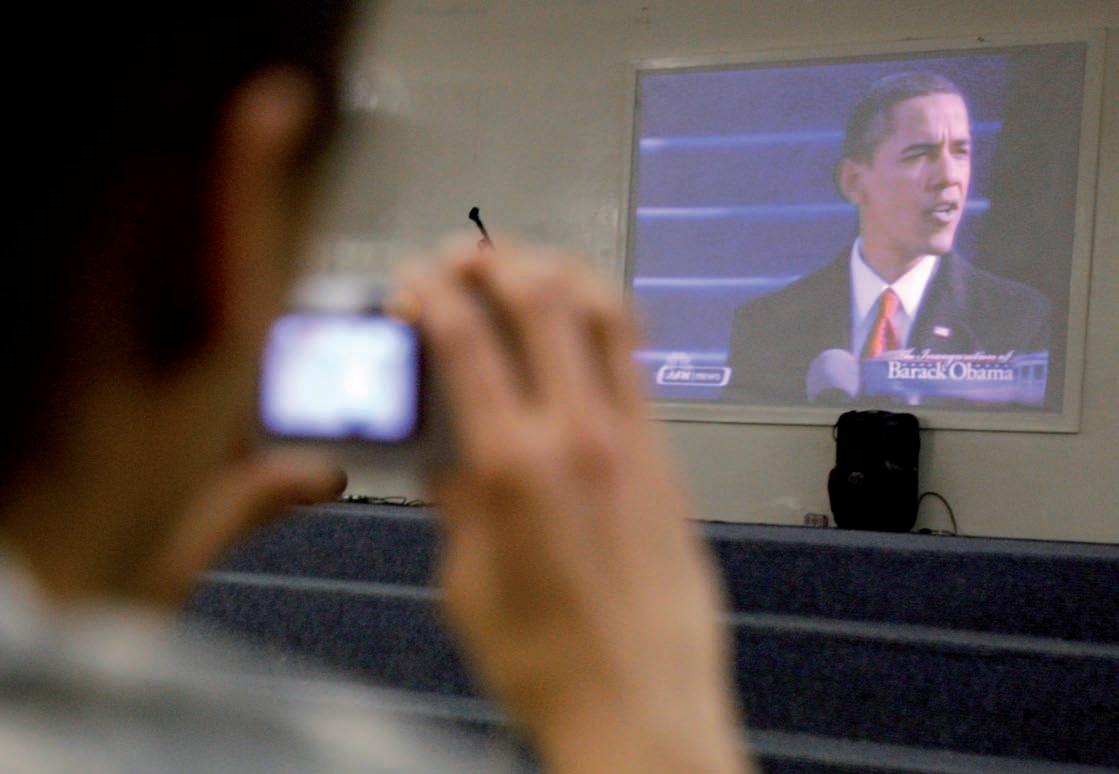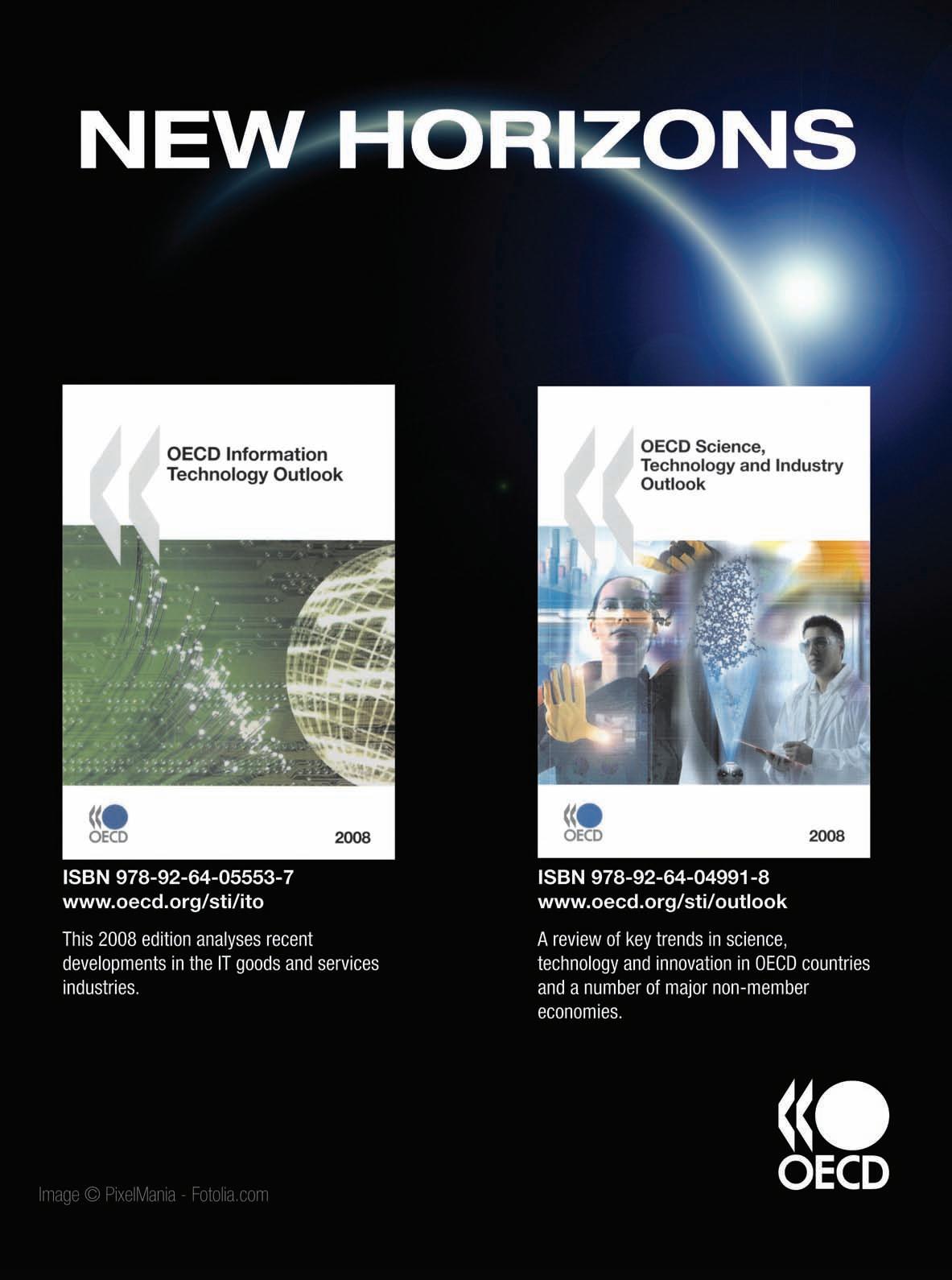
5 minute read
Global leadership in a Web 2.0 world
Global leadership Global leadership in a Web 2.0 world in a Web 2.0 world
Soumitra Dutta, Roland Berger Chaired Professor of Business and Technology, INSEAD, and Matthew Fraser, Senior Research Fellow, INSEAD
If there is one lesson we have learned in the past year of economic crisis, it is that leadership in both business and government has suffered a severe erosion of credibility, trust and legitimacy. We need a new leadership model. Could Web 2.0 provide one?
Corporate executives have traditionally been preoccupied with managing the holy trinity of mass production/mass marketing/mass media. Management models were fitted to vertical, top-down organisational structures focused largely on manufacturing products, marketing brands, and communicating to consumers in a one-way conversation. Inside organisations, CEOs were regarded as quasi-infallible leaders whose judgement and decisions were expected to be obeyed and executed. For too long, this leadership model went unquestioned, doubtless because the rewards were too high.
That has changed. We don’t need to see the fallout from the current
crisis–bankruptcies of banks, insurance companies, car manufacturers and other once-unassailable pillars of global capitalism–to know that this model was disastrously ill-conceived. Corporate leaders, disengaged from their customers and preoccupied with their own interests, are now suffering the consequences of their approach. Indeed, we are all paying for it.
But there is good news. The crisis has forced business leaders to reassess not only the way corporations are structured and managed, but also the values that animate their operations. Fortunately, they have an alternative model at hand. Even before the global economic crisis struck, new forms of leadership were emerging thanks to the power of online networks.
Suddenly, there is intense interest in the Web 2.0 tools that, for many years, corporate leaders resisted as a needless distraction if not a disruptive threat to the status quo. Now that the status quo is part of the problem, many CEOs are embracing the Web 2.0 revolution. They understand that Web 2.0 tools are not just a technological add-on, but must be integrated into a company’s entire operations in order to bring about a fundamental shift in values and perception. This change demands a new kind of corporate leadership.
The Web 2.0 leadership model requires management values that recognise the social architecture of companies. Instead of assuming that corporate leaders are all-knowing and infallible, the Web 2.0 model rewards leaders who openly engage with different stakeholders, using tools like blogs, tweets and wikis. Web 2.0 corporate leaders work through networks instead of hierarchies. They are open to ideas from sources beyond the vertical command system of corporate bureaucracy. This requires a large dose of openness and humility–two core values of Web 2.0 leadership–that have not always been hallmarks of corporate leadership in the past. Fortunately, the timing couldn’t be better. If there is one virtue corporate leaders realise they must embrace, it is humility.
Could political leaders learn from the crisis in corporate leadership? After all, citizens are no less disenchanted with political elites, who are increasingly
resented as arrogantly disconnected from the needs of the voters who elect them into office. Just look at the current public outrage over politicians’ expense claims in the UK, one of the world’s steadfast democracies.
Like consumers who have become empowered with information thanks to networked Web 2.0 information, citizens are now participating more actively in the political process.
In most liberal democracies, politics has been organised much like commercial markets: dominated by large oligopolies whose leaders are selected within closed, vertical structures called political parties. The business of government, too, has been a top-down process that has alienated, not integrated, citizen participation. And yet voters and citizens can now organise themselves and mobilise support thanks to Web 2.0 platforms like Facebook and YouTube. If not addressed, this disconnect between citizen empowerment and the values of established elites could lead to social tensions, even violent disruptions, not unlike the anti-globalisation demonstrations of recent years.
Some leaders are paying attention. The power of Web 2.0 platforms to radically challenge this old model of political leadership was harnessed, with spectacular success, by Barack Obama in his campaign for the presidency of the United States. While many pundits were focusing on the question of his race, Obama was busy defeating his rivals online, thanks to his powerful technodemographic appeal. His campaign leveraged not only Facebook and YouTube, but also MySpace, Twitter, Flickr, Digg, BlackPlanet, LinkedIn, and other Web 2.0 platforms. The MyBarackObama.com website was attracting more than 8 million monthly visits, including 35,000 volunteer groups that raised $30 million on the site. President Obama, who enjoys thumbing a BlackBerry, now uses a White House blog and Web-based videos to communicate directly with the American people.
In short, if Franklin Delano Roosevelt was America’s first radio president and John F. Kennedy was the country’s first television president, Barack Obama is its first Internet president.
In liberal democracies, no politician can ignore the powerful networked effects of Web 2.0 platforms. Most western political leaders have closely studied Barack Obama’s success with the Internet in order to deploy these same tools to similar effect at home. An even greater challenge will be using Web 2.0 tools to engage citizens in the complex process of government. Web 2.0 social networks diffuse power away from institutions and towards people.
No wonder dictatorships deeply resent, and frequently suppress, free expression on Web 2.0 networks, and even jail dissident bloggers deemed security threats.
Fortunately, democracies are different. Politicians, like corporate leaders, now understand that social networking is a powerful leadership tool. They have grasped that Web 2.0 is not a technological threat to be suppressed, but a revolution in communication presenting an opportunity to be seized.
References
Dutta, Soumitra and Matthew Fraser (2008),
Throwing Sheep in the Boardroom: How Online
Social Networking Will Change Your Life, Work and World, Wiley. Visit www.throwingsheep.com See www.insead.edu Visit www.oecd.org/corporate










